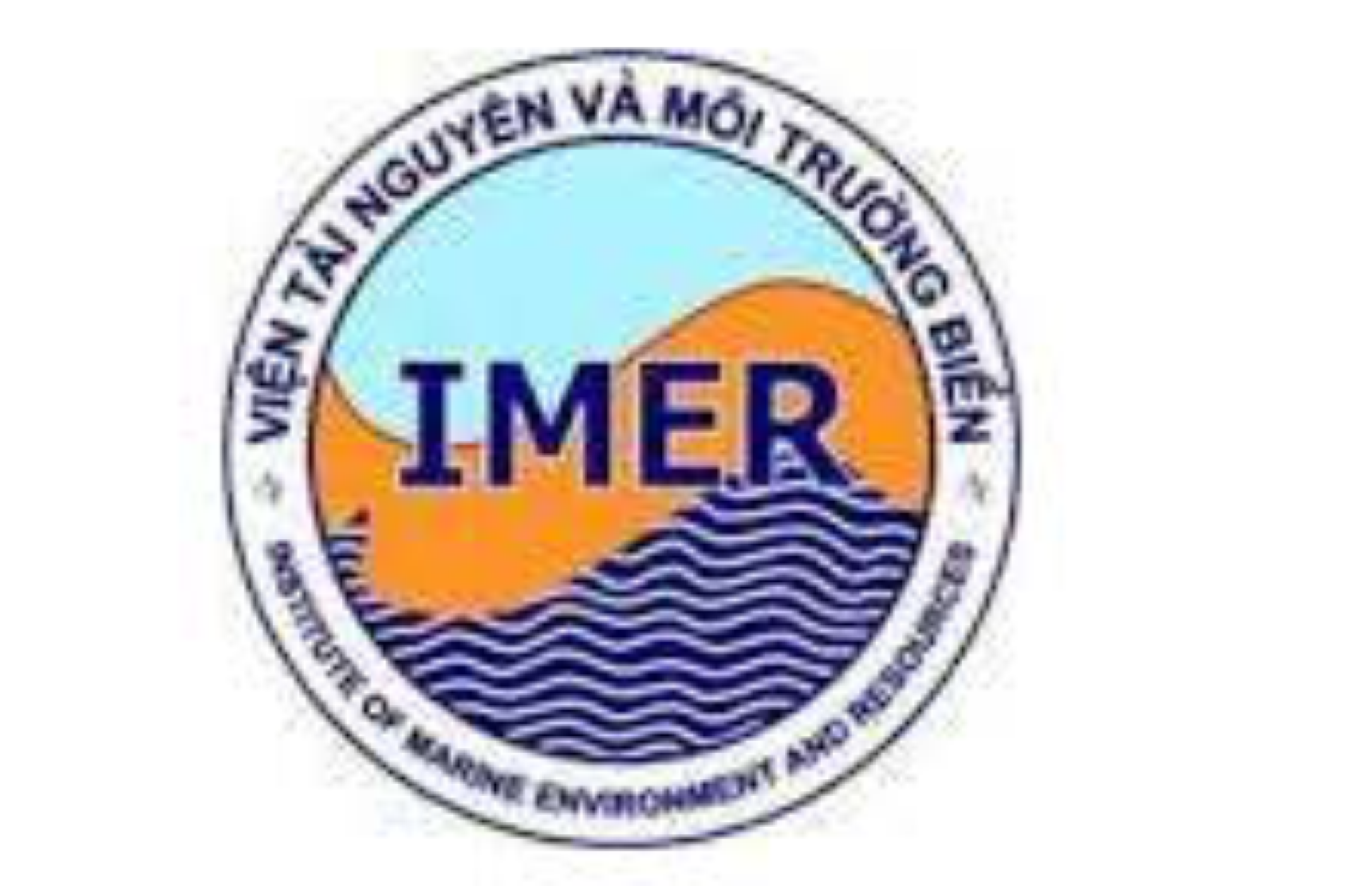Captive culture of two sea snake species Hydrophis curtus and Hydrophis cyanocinctus
Author affiliations
Keywords:
Sea snake, Hydrophis curtus, Hydrophis cyanocinctus, survival rate, specific growth rate, prey capture rate.Abstract
Acclimation culture and trial culture of two sea snake species Hydrophis curtus and H. cyanocinctus in composite tanks were conducted to determine growth, survival rate, predation behavior and prey selection. The results showed that adults of H. curtus and H. cyanocinctus did not capture any prey such as anchovy, eel and shrimp in a period of 30 days of acclimation culture. The body weight of two these species reduced gradually from 783.3 ± 76.4 g and 360.0 ± 60.0 g to 660.0 ± 135.2 g and 315.0 ± 77.8 g, respectively. Survival rate was 100% in H. curtus and 80% in H. cyanocinctus. Meanwhile, the results of acclimation culture of sea snake juvenile revealed that frozen anchovy was preferred prey in both of two species. The body weight of H. curtus increased from 49.8 ± 0.5 g to 70.0 ± 8.2 g and that of H. cyanocinctus was 44.3 ± 3.1 g to 47.1 ± 5.2 g. The prey capture rate of H. curtus and H. cyanocinctus was 100% and 60%, respectively. Survival rate of the juvenile of two species was 100% after 30 days of acclimation culture. In 60 days of trial culture, similar results as acclimation culture were observed in adults of two sea snake species, they still did not capture any prey and the body weight reduced gradually. The result of 60-day culture of sea snake juvenile showed that the prey capture rate was 100% in both of two species. The body weight of H. curtus and H. cyanocinctus increased from 70.0 ± 8.2 g and 57.5 ± 5.8 g to 78.3 ± 15.3 g and 65.0 ± 14.1, respectively. SGR of H. curtus was 0.16 ± 0.32 %/day and that of H. cyanocinctus was 0.52 ± 0.36%/day. The survival rate of H. curtus and H. cyanocinctus was 60% and 40% in period of 60 day trial.
Downloads
Metrics
References
[1] Heatwole, H., 1999. Sea snakes Australian natural history series. University of New South Wales.
[2] Rasmussen, A. R., Murphy, J. C., Ompi, M., Gibbons, J. W., and Uetz, P., 2011. Marine reptiles. PLOS one, 6(11), e27373. https://doi.org/10.1371/journal.pone.0027373.
[3] Cogger, H. G., 1981. The Australian reptiles: origins, biogeography, distribution patterns and island evolution. Ecological Biogeography of Australia.
[4] Cao, V. N., Bui, H. L., Broad, K., Rasmussen, A. R., 2016. Sea snakes in Vietnam. ISBN 987-604-76-1098-3. (in Vietnamese).
[5] Voris, H. K., and Voris, H. H., 1983. Feeding strategies in marine snakes: an analysis of evolutionary, morphological, behavioral and ecological relationships. American Zoologist, 23(2), 411–425. https://doi.org/10.1093/icb/23.2.411.
[6] Fry, G. C., Milton, D. A., and Wassenberg, T. J., 2001. The reproductive biology and diet of sea snake bycatch of prawn trawling in northern Australia: characteristics important for assessing the impacts on populations. Pacific Conservation Biology, 7(1), 55–73. https://doi.org/10.1071/PC010055.
[7] Udyawer, V., 2015. Spatial ecology of true sea snakes (Hydrophiinae) in coastal waters of North Queensland. (Doctoral dissertation, James Cook University).
[8] Van Cao, N., Thien Tao, N., Moore, A., Montoya, A., Redsted Rasmussen, A., Broad, K., ... and Takacs, Z., 2014. Sea snake harvest in the Gulf of Thailand. Conservation Biology, 28(6), 1677–1687. https://doi.org/10.1111/cobi.12387.
[9] Rezaie-Atagholipour, M., Riyahi-Bakhtiari, A., and Sajjadi, M., 2013. Feeding habits of the annulated sea snake, Hydrophis cyanocinctus, in the Persian Gulf. Journal of Herpetology, 47(2), 328–330. https://doi.org/10.1670/11-150.
[10] Voris, H. K., 1972. The role of sea snakes (Hydrophiidae) in the trophic structure of coastal ocean communities. J. Mar. Biol. Assoc. India, 14, 429–442.
[11] Gregory, P. T., 2001. Feeding, thermoregulation, and offspring viability in gravid garter snakes (Thamnophis sirtalis): what makes laboratory results believable?. Copeia, 2001(2), 365–371. https://doi.org/10.1643/0045-8511(2001)0 01[0365:FTAOVI]2.0.CO;2.
[12] Glodek, G. S., and Voris, H. K., 1982. Marine snake diets: prey composition, diversity and overlap. Copeia, 661–666. Doi: 10.2307/1444667.
[13] Shetty, S., and Shine, R., 2002. Activity patterns of yellow-lipped sea kraits (Laticauda colubrina) on a Fijian island. Copeia, 2002(1), 77–85. https://doi.org/10.1643/0045-8511(2002)002[0077:APOYLS]2.0.CO;2.
[14] Ineich, I., Bonnet, X., Brischoux, F., Kulbicki, M., Séret, B., and Shine, R., 2007. Anguilliform fishes and sea kraits: neglected predators in coral-reef ecosystems. Marine Biology, 151(2), 793–802. https://doi.org/10.1007/s00227-006-0527-6.
[15] Brischoux, F., Bonnet, X., and Shine, R., 2007. Foraging ecology of sea kraits Laticauda spp. in the Neo-Caledonian Lagoon. Marine Ecology Progress Series, 350, 145–151. https://doi.org/10.3354/meps07133.
Downloads
Published
How to Cite
Issue
Section
License
Copyright (c) 2021 Vietnam Journal of Marine Science and Technology

This work is licensed under a Creative Commons Attribution-NonCommercial-NoDerivatives 4.0 International License.





